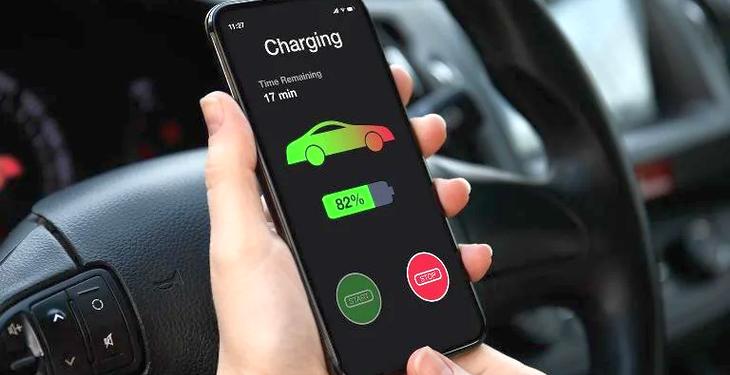The E-Mobility index launched by Roland Berger (REI), available HERE, is an indicator of the degree of development of the local electromobility market. Its value was determined on the basis of 12 key indicators, and the first edition reveals a local electromobility market score of 31, compared to a potential development potential of 100 in 2025.
Future editions will monitor the evolution of the index, based on a bi-annual study that will include recurring analyzes on key topics for the Romanian market; between them, the evolution of the registration of electric vehicles, comparisons of the operating costs (TCO), the evolution of charging stations or alternative solutions of electromobility.
The Roland Berger study offers an overview of the key factors for the Romanian electromobility market, including the demand / penetration level, the available offering and mobility services, the regulatory framework and the charging infrastructure. “We address a wide range of industries, from energy and utilities to retail, automotive, HoReCa or financial services,” says Szabolcs Nemes, Partner and Managing Director of Roland Berger’s Bucharest office. Szabolcs Nemes explains that the initiative to launch the first electromobility index in Romania is based on Roland Berger’s own methodology for evaluating the degree of development of the sector in a systematic way.
In addition to monitoring the evolution of the index and analyzing key topics, each edition of the Roland Berger study will address a special, hot issue for the period analyzed. The theme of the first edition is the local regulatory policies, as Bucharest municipality tries to align itself with the main capitals of Europe, although without introducing major restrictions for internal combustion engines.
Roland Berger has defined a methodology for structured evaluation of the electromobility segment in Romania based on 4 interdependent elements.
1. Demand / Penetration level
The accelerated increase in the number of electric vehicles registered locally is the result of an improved public awareness of their economic benefits and environmental impact. In the first half of 2019, around 640 new electric cars (EVs) and plug-in hybrids (PHEV) were registered, their share in the total of new cars registered (0.9%) being similar to the values registered in Italy, Spain or Japan.
2. Offering and Mobility Services
The limited variety of electric vehicles available for sale in Romania is one of the main factors that can slow down the development of the electromobility market, the current supply of electric cars and plug-in hybrids representing only around 10% of the total models on the local market. On the other hand, the segment of alternative electromobility solutions registered a significant increase in 2019, both in the number of players, users and vehicles in fleets, as well as in the diversity of available services.
3. The regulatory framework
The Rabla Plus financing program is an essential pillar of the electric car market in Romania, the subsidies obtained through it bringing the total operating cost (TCO) of the electric models to a level similar to those based on internal combustion engines. However, reaching for the first time the annual limit for private individuals in 2019 will have the effect of limiting the purchase of electric vehicles in the coming period, highlighting the market’s dependence on the government scheme. At the municipal level, the initiatives for the restriction of vehicles based on internal combustion engines are almost non-existent, Bucharest being the first and only city in Romania that will impose traffic restrictions once the Oxygen tax is introduced.
4. Charging infrastructure
The number of publicly available charging stations has steadily increased in the last 12 months, by about 30% per semester. This evolution was mainly supported by the investments of the private players in retail, HoReCa, real estate or the oil sector, in partnership with specialized companies or utility companies that have developed their expertise in the field. Most stations are located in the main urban centers of the country, while Bucharest concentrates around 25% of the total stations.
The calculation of the total operating cost, which will be carried out in each edition of the study, highlights the conditions in which the purchase of an electric vehicle is economically preferable to an internal combustion vehicle. Considering the initial investment, the available subsidies and the operating costs (mainly fuel and maintenance), electric vehicles reach a lower TCO after 5 years of use, at an annual average run of 15,000 kilometers.
“The main economies are the result of the reduced fuel costs, which can be over 70% lower under the current technological level,” explains Dragoș Fundulea, Senior Project Manager at Roland Berger. The Rabla Plus program makes the most significant contribution – without them, the annual average travel time should be close to 30,000 km in order for the purchase of an electric car of the compact class, for example, to make economic sense.
About Roland Berger
Roland Berger, founded in 1967, is the only leading global consultancy of German heritage and European origin. With 2,400 employees working from 35 countries, we have successful operations in all major international markets. Our 52 offices are located in the key global business hubs – in Romania, Roland Berger has been present since 1992 through the office opened in Bucharest.
